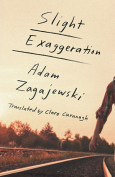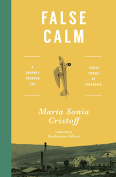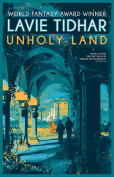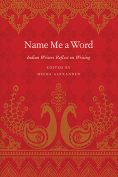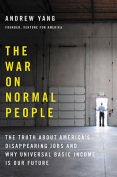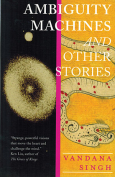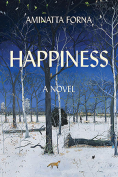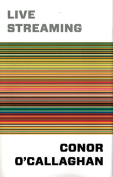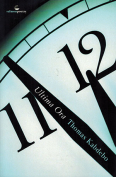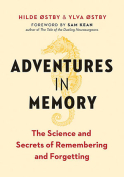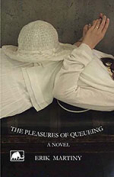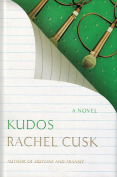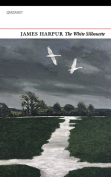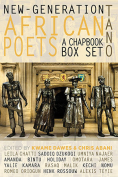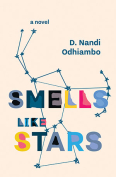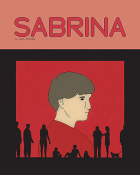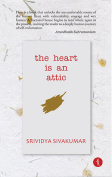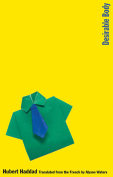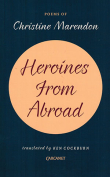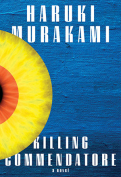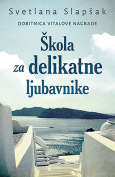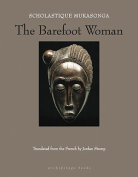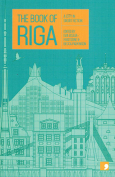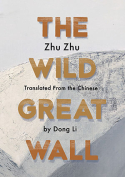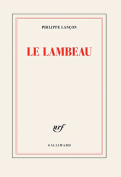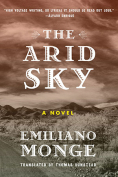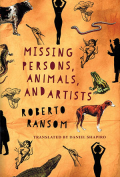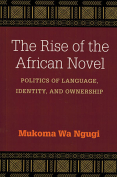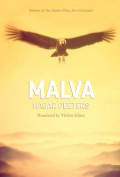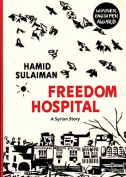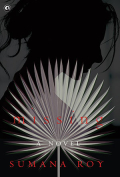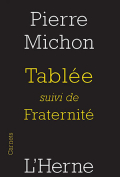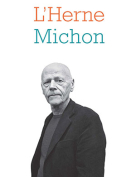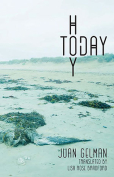Live Streaming by Conor O'Callaghan
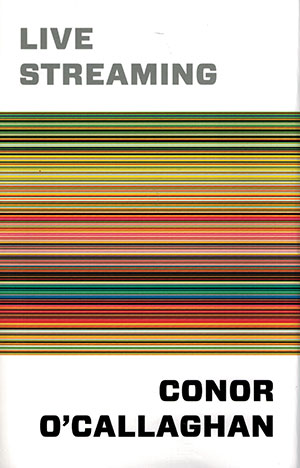 Winston-Salem, North Carolina. Wake Forest University Press. 2018. 61 pages.
Winston-Salem, North Carolina. Wake Forest University Press. 2018. 61 pages.
The title of Conor O’Callaghan’s new book, Live Streaming, immediately poses an interpretive question. If “līve,” then a certain immediacy and concurrency is promised as in a live-stream internet experience, placing the reader in the role of audience waiting to receive the “stream”; if “lĭve,” then a certain exhortation to live “fluently” is pressed upon the reader, creating an expectation that the book will argue its stance.
The situation is further complicated by a poem of the same title occurring within the first few pages in which we read the following: “I know this / much: it comes / to us, to life // that is. I get / now how the still / point comes / to life and we’ve // but to wait. / Late father, / better than never, / come to life.” Even here, we have, on one hand, a certain recognition that we must “wait” as “it” comes to us and, on the other hand, an exhortation to the speaker’s father to take action, to come to life. “Late” can be read to mean deceased and also long-delayed in being alive to the speaker. The implication is that the speaker’s father, now physically dead, was never really alive as a father to the speaker and now can only be so in the realm of imagination and feeling.
As readers, we are not disappointed as many of the poems explore the speaker’s still points of memory with greater and greater rapprochement until we get to the centerpiece of the book, a nineteen-page fugal elegy for the father in three voices (or levels of engagement, in this case), “His Last Legs.” This sizable cluster of father-poems, culminating in “His Last Legs,” so dominates the book that the rest of the poems can seem merely added in to create a book-length collection and feel somehow disconnected. One large section devoted to a father-sequence might have focused and concentrated the energy of these poems.
That said, there’s more to praise here. O’Callaghan’s range of emotion and form is remarkable. Whether deeply serious, humorous, or ironic, the poems always take a distinct form; sometimes this form is free verse, but more often it is some version of traditional meter and end-rhyme, ranging from an entirely slant-rhymed sonnet to rhyming quatrains, unrhymed iambic trimeter poems, and (especially prevalent) poems in iambic dimeter lines, rhymed and unrhymed.
Because of the high frequency of the rhymes, the rhymed dimeter poems can sometimes succumb to a jaunty tone at odds with the emotional project of the poem. Still, there is a formal tour de force in “The Wind,” written in iambic tetrameter quatrains with an abab rhyme scheme. We feel, delightfully, as if we are in the presence a Dr. Seuss doppelgänger, a darker, lonely twin living alone in a trailer park, cataloging types of wind (briefly excerpted here): “a greenhouse wind, a treebound wind, // a padlocked shower unit wind, / an upturned wheelie dumpster wind, / a channel not quite tuned-in-wind, / a hollow flight-path thunder wind, // a dog-eared wind, a knocked sign wind, / a spouseless phantom ocean-blown / autumnal graveyard Scots pine wind / who speaks in plurals, moves alone.”
There’s much to recommend in this midcareer book, and much reason to eagerly anticipate future work from O’Callaghan.
Fred Dings
University of South Carolina
